Have you been scratching your head over Wordle and the potential solutions? So have we! And being the wildlife-loving (see also: -obsessed) folks that we are, we can't help thinking of animal, plant and other nature-related words! Including some unusual ones. For example, whilst you've most likely heard of robin, eagle and venom, have you ever heard of a dhole or a quoll?
We thought we'd collate these all together here, so you can refer to the guide when attempting the latest Wordle quiz – or if you fancy learning a bit about these wildlife terms, as we have also included a fact with many of the words and extra reading to find out even more.
A little disclaimer: we've not tested all of these in the Wordle game, so it might be that some of them aren't accepted!
If you enjoy this, you might want to check out our article on collective nouns for animals by author and investigator of languages and interesting words Adam Jacot de Boinod. And if you're a fun of word-based quizzes, head on over to our crosswords page, where there are 20 crossword puzzles to attempt!
Our colleagues on BBC Countryfile have also been inspired to put together a list of rural-themed words for Wordle, and BBC Music have listed musical words for Byrdle and Wordle.
What is Wordle?
Wordle is a daily web-based game which, as the name suggests, is focused on words. Players have six attempts to guess that day's word, which is always five letters in length. When incorrect words are guessed, the letters will appear in different colours blocks – grey if that letter doesn't appear in the day's word at all, yellow if it appears in the word but in a different location within the word, and green if it does appear and in that location.
The game was initially created by Welsh software designer Josh Wardle who is based in Brooklyn, as a way to entertain his partner during the coronavirus pandemic lockdown. He put it online in October 2021, and it was soon being played by millions of people around the world, with players able to share their results online, such as via WhatsApp and Twitter.
In January 2022, he sold the game to the New York Times for a significant amount. Since then, users have voiced a number of complaints and worries – that it would get too easy, or too hard, or too American (for example, ‘humor’ was the solution recently), or payment would be needed to take part, or advertisements would start appearing.
A number of other versions have sprung up since, including Quordle (four grids needs to be completed), Worldle (guessing the country from its silhouette), and Nerdle (mathematical).
Five letter animal, plant and nature words for Wordle
The words are arranged in alphabetical order, click on the letter you want below to jump to that section of the article.
A – B – C – D – E – F – G – H – I – J – K – L – M – N – O – P – Q – R – S – T – U – V – W – X – Y – Z.
A
ACORN
“Great oaks from little acorns grow” – and it's true. From a small little nut, mighty oak trees grow which can live for hundreds and hundreds of years. Discover how to grow your own oak tree with our step-by-step guide.
ADDER
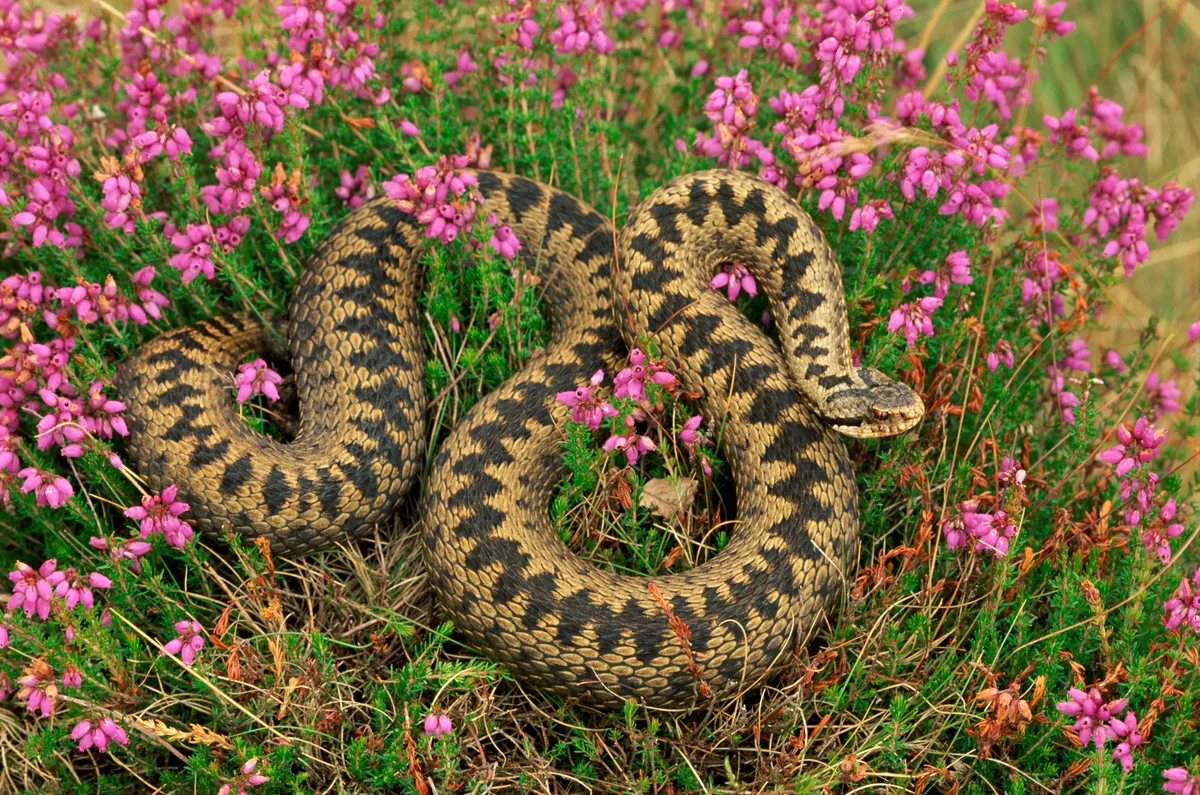
The adder is the UK's only native venomous snake, but it is more likely to flee than attack, unless one is stepped on or feels very threatened. Its common name comes from a mispronunciation of an old English word ‘nǣddre’ (pronounced nadder) meaning serpent.
AGAMA
AGAVE
ALDER
ALGAE
ALPHA
ANOLE
APHID
B
BEARS
BILBY
BIRDS
BISON
BONES
BONGO
As well as being a type of drum, the bongo can also refer to an animal: the third-largest antelope in the world, which is native to central and Western Africa. The species is split into two subspecies: the western or lowland bongo and the eastern or mountain bongo.
BOOBY
C
CAMEL
Did you ever hear about the feral camels of Australia? These humped mammals were brought to the country by British settles in the 19th century. It's thought that there are hundreds of thousands of them, and they cause a variety of issues, including damaging fences and farm equipment, competing with people and native species for water (a particular issue during droughts), and emitting methane.
Find out how the camel got its hump?
CIVET
The civet is a a South-East Asian mammal that looks a bit like a cross between a cat and a mongoose. It is also famous for its link with coffee. Civets eat and partly digest coffee cherries, however they can't properly digest the beans, which emerge whole when it defecates. These beans are harvested from the civet's faeces and sold for high sums of money as kopi luwak, or civet coffee
CLAWS
COATI
CRABS
Nature really loves crabs. So much so, there's even a term for when non-crab species have evolved to have a number of crab-like characteristics: carcinisation. This has occurred independently in at least five groups of decamped crustaceans, including hermit crabs and porcelain crabs which are not actually true species of crabs, despite the name. This is an example of convergent evolution (explained in our biological terms glossary).
CRANE
D
DHOLE
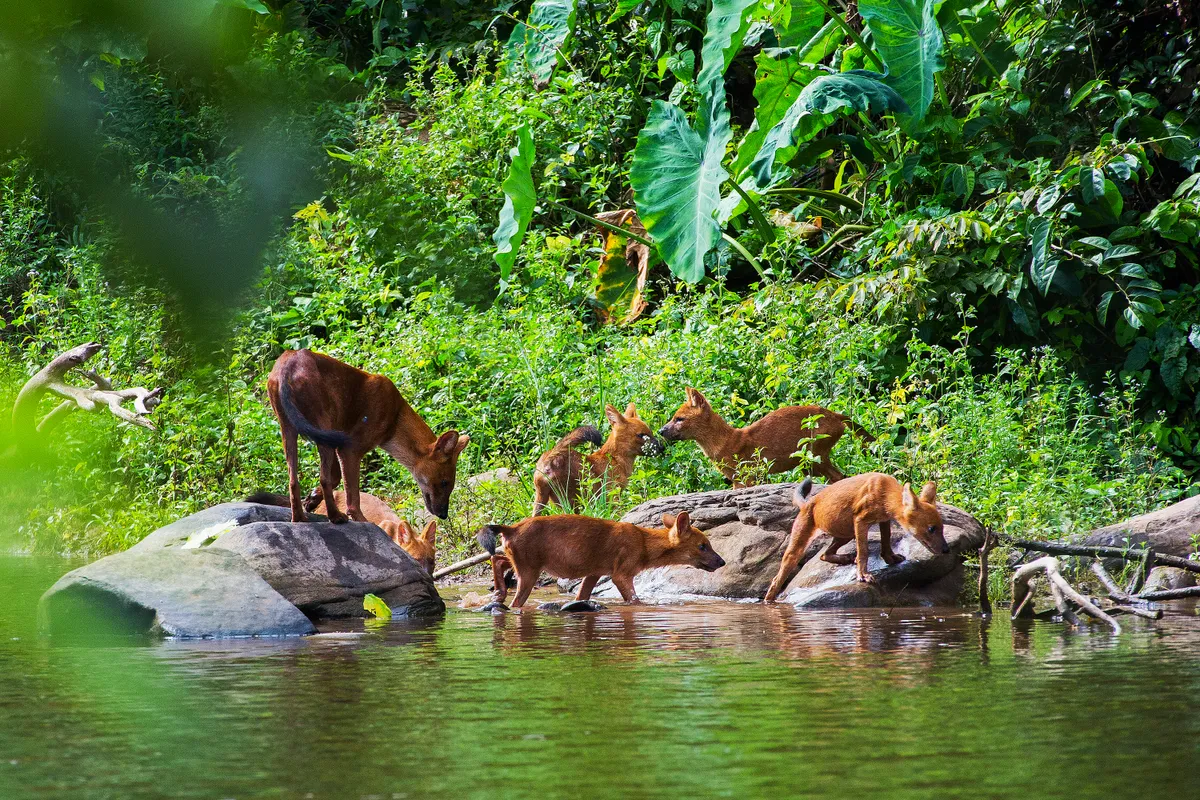
A dhole by any other name would still smell like a dhole (not sure that modifying that famous Shakespeare line quite works, but let's roll with it!). Less famous than some of its other canine cousins like red foxes, grey wolves and African wild dogs, the dhole is found in Asia and is known by a number of alternative names including Asiatic wild dog, Indian wild dog, whistling dog and red dog.
DUCKS
Are all your ducks in a row? It's quite difficult to do as they keep waddling or flying away! Whilst the mallard is our most well-known duck, there's a surprising number of different duck species in UK – when you add up all our resident species, seasonal visitors and the non-native introduced species. Birdwatcher and writer Marianne Taylor discusses how to identify this group of birds.
E
EAGLE
Soar like an eagle and get called a barn door! Sounds odd but it's true – the white-tailed eagle, one of two resident UK eagle species, is sometimes referred to as a ‘flying barn door’. Sadly, it's been announced that two of the 25 white-tailed eagles reintroduced to the Isle of Wight have recently been found dead. The police are investigating further and have appealed for more information.
EGRET
“Egrets, I've had a few...” Or more precisely, there are three species of egrets found in the UK: little egret, great white egret and cattle egret – although the definition of what is an egret is a bit confusing. The little egret is in the Egretta genus, the great white egret is in the Ardea genus (alongside the grey heron), and the cattle egret is in the Bubulcus genus. And all three genera are in the subfamily Ardeinae.
ELAND
F
FAUNA
FERNS
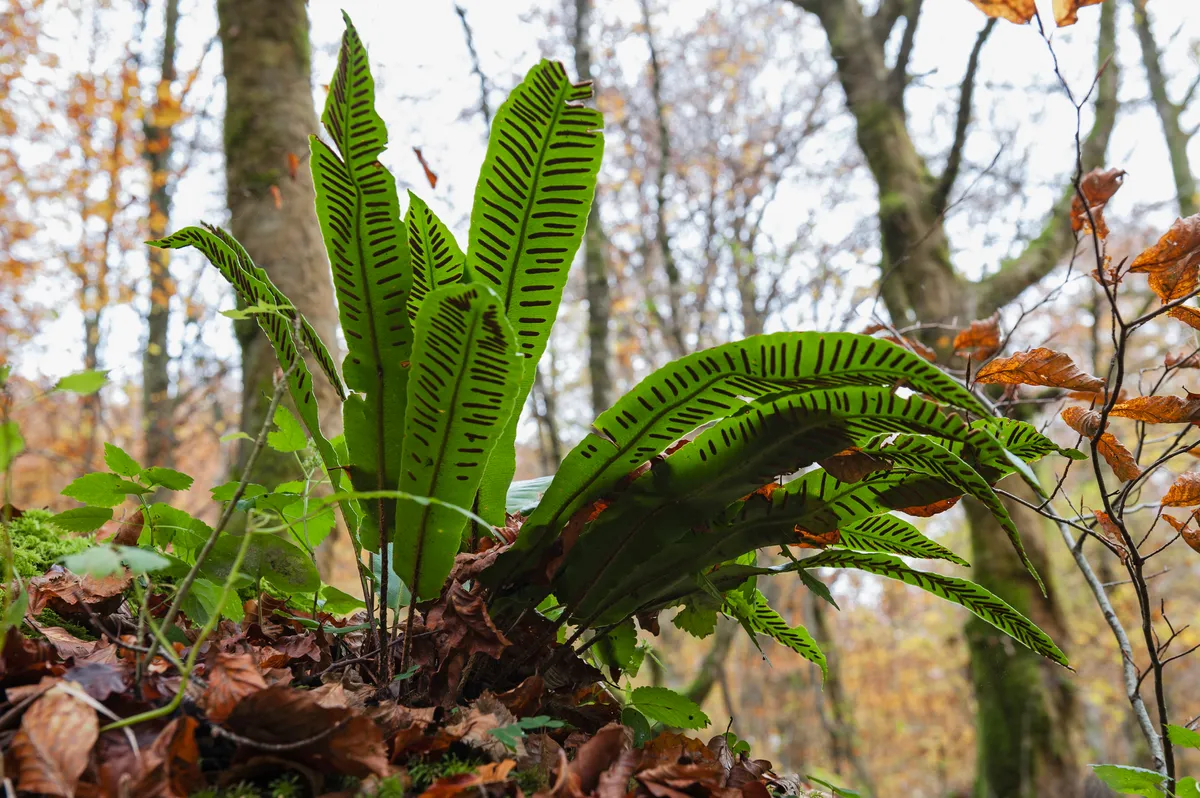
“One doesn’t immediately associate ferns with toughness: their delicate fronds seem made for shady summer dingles and sun-dappled streamsides,” says naturalist Brett Westwood in our illustrated fern identification guide.
FINCH
FLIES
FLORA
FOSSA
FROGS
Be careful if you're going around kissing frogs in hope of finding a prince, as lots of the world's amphibians are infected with chytridiomycosis (often shortened to chytrid). This fungal disease can prove to be fatal for frogs and other amphibians, as it infects and disrupts the functioning of their skin.
G
GALLS
GECKO
GENET
GILLS
GNATS
There is one family of flies found in the UK that don’t hide away in the winter shadows. Glistening in the crisp, low sunshine on a clear winters day you will see winter gnats dancing around like nocturnal will’o-the-wisps.
GRASS
H
HARES
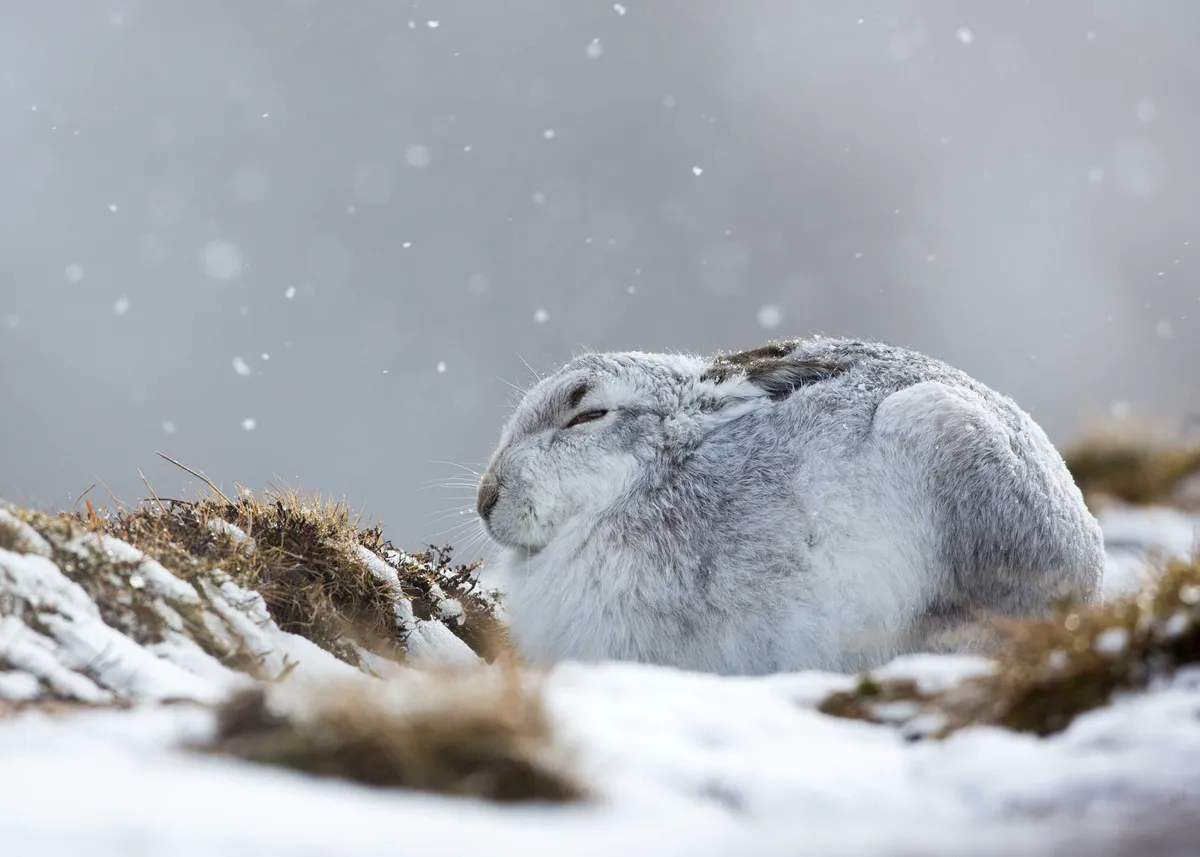
There are two species of hare in the UK and British Isles, the most common of which is the brown hare. As the name suggests, mountain hares are limited to upland areas in the Scottish Highlands and northern England. In Ireland, there is a subspecies of the mountain hare called the Irish hare, which is also Ireland's national animal. All hares and rabbits have an unusual behaviour of eating their own droppings, known as refection.
HEDGE
HERON
HIVES
HYENA
These laughing mammals are one of the smallest groups of carnivores, consisting of only four extant species (and each one is treated to its own genus!): spotted hyena, brown hyena, aardwolf and striped hyena.
HYRAX
HIPPO
I
INDRI
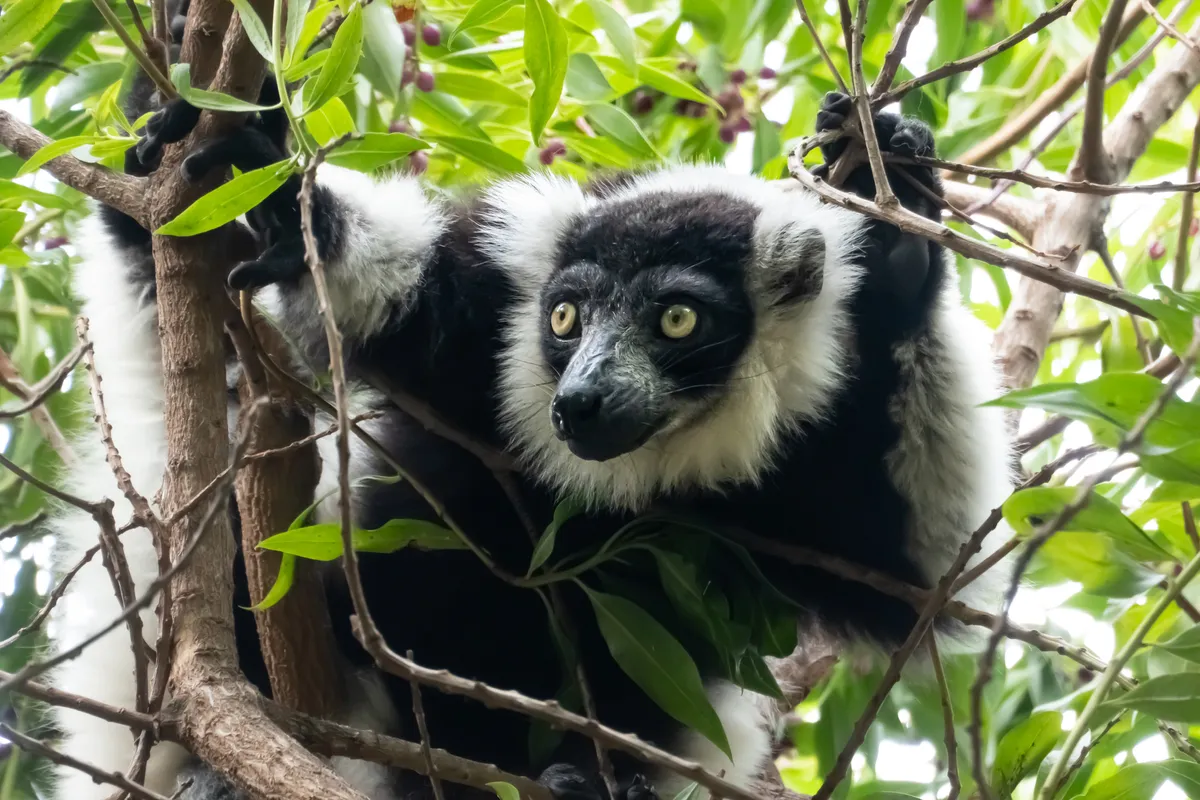
The largest of the lemur species, the indri is a very striking black and white mammal, and is also known as babakoto. It's scientific name, Indri indri, is an example of a tautonym, where the genus and specific name are the same word. Indris feature in the 2022 BBC documentary, Attenborough's Wonder of Song, which includes archive footage of Sir David Attenborough recording audio in Madagascar in the 1960s.
J
JELLY
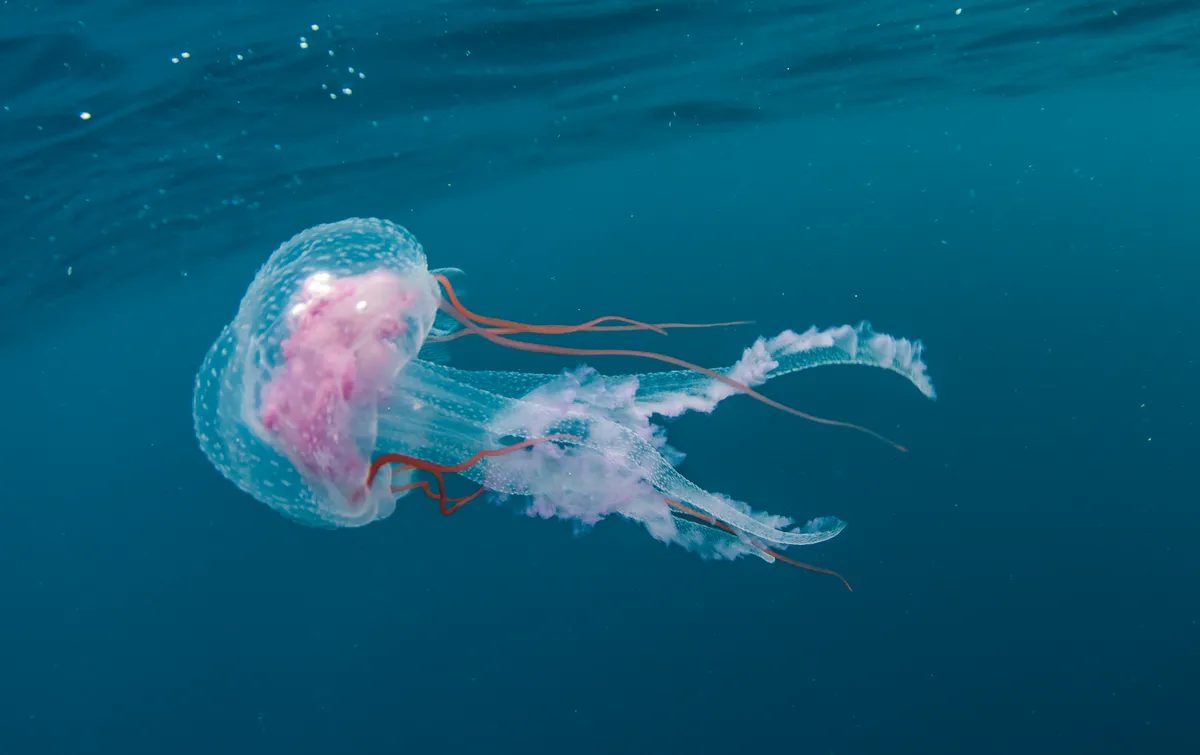
Jellyfish have no brain, no heart, no eyes and no bones, yet have been around since before the dinosaurs. Today, there are something in the region of 2,500+ species, the vast majority of which are smaller than your thumbnail. Find more amazing jelly facts here.
K
KOALA
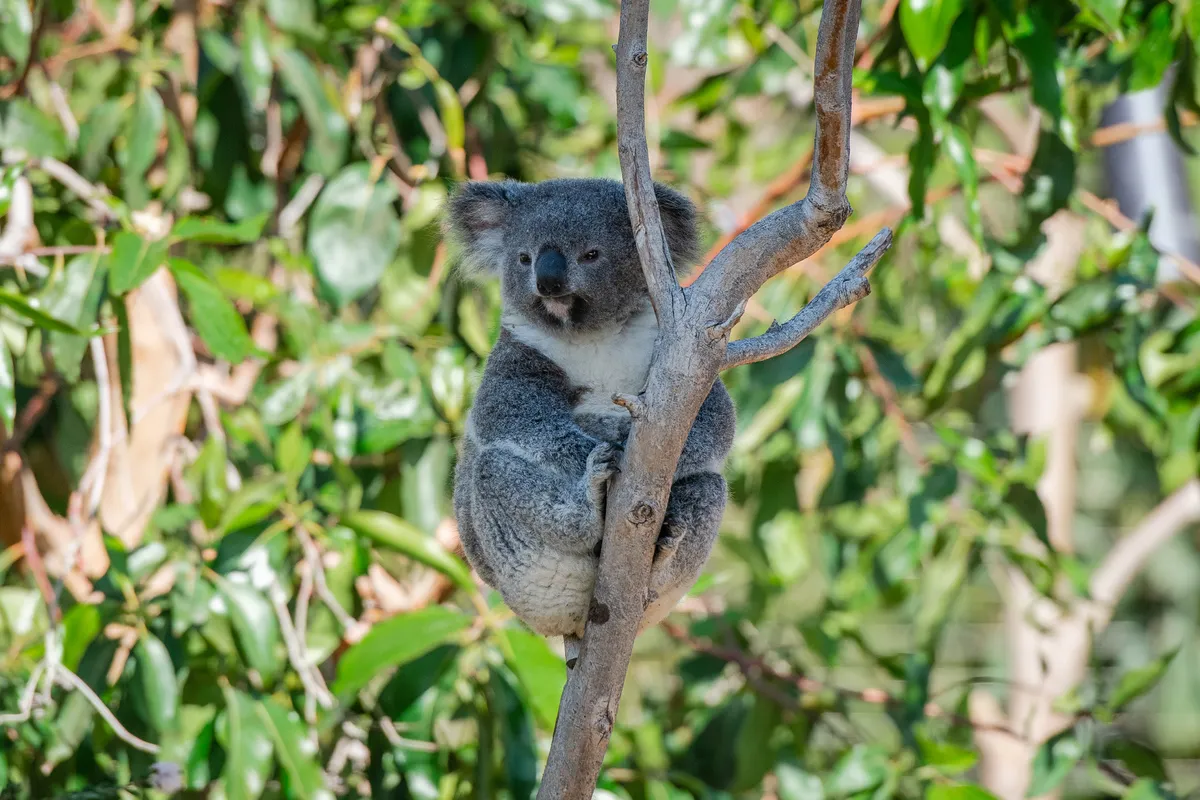
Did you know that at least 90% of the koala population is infected with chlamydia? This iconic Australian marsupial was recently listed as an endangered species by the Australian government, following a dramatic decline in its numbers.
L
LEMUR
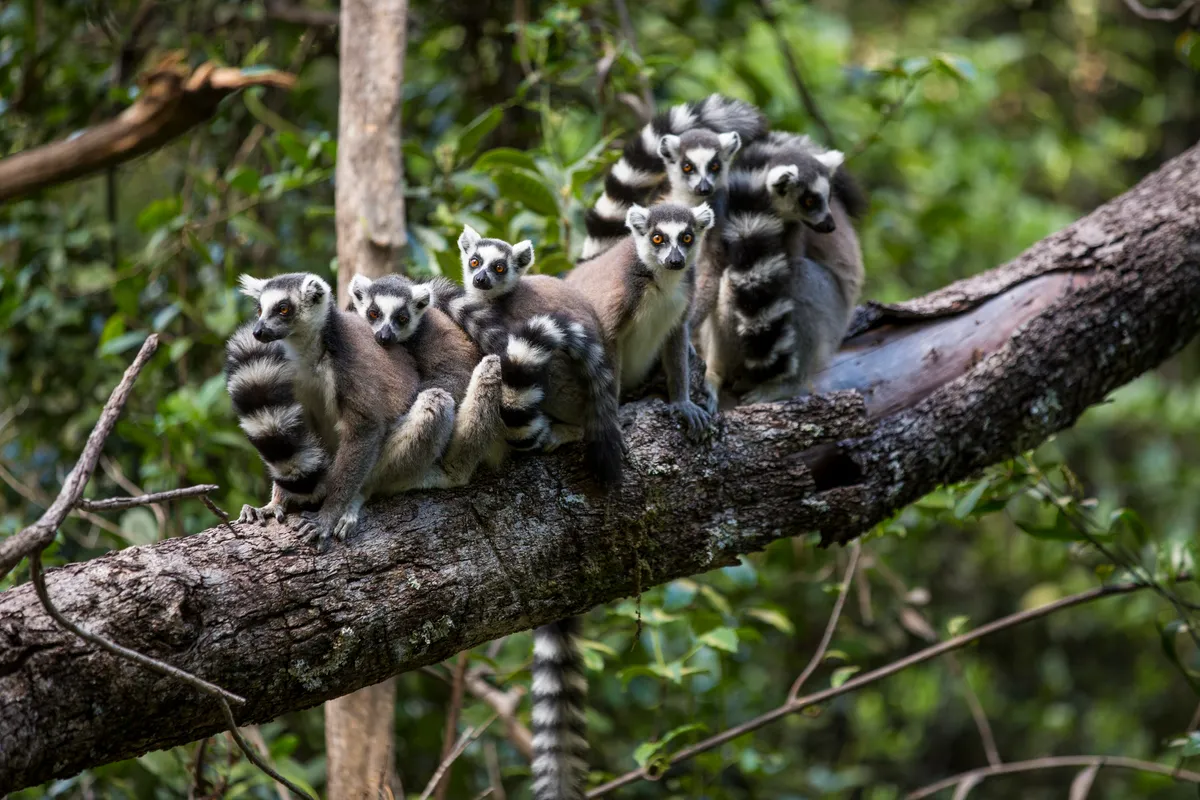
Lemurs may like to “move it, move it” but not out of Madagascar! All lemur species are endemic to this large island and biodiversity hotspot off the east coast of Africa. There are over 100 species of lemur, including well-known species such as the ring-tailed lemur, and 98% of them are classified as threatened with extinction.
LIONS
LLAMA
M
MACAW
MOLES
MOOSE
MOUSE
N
NEWTS
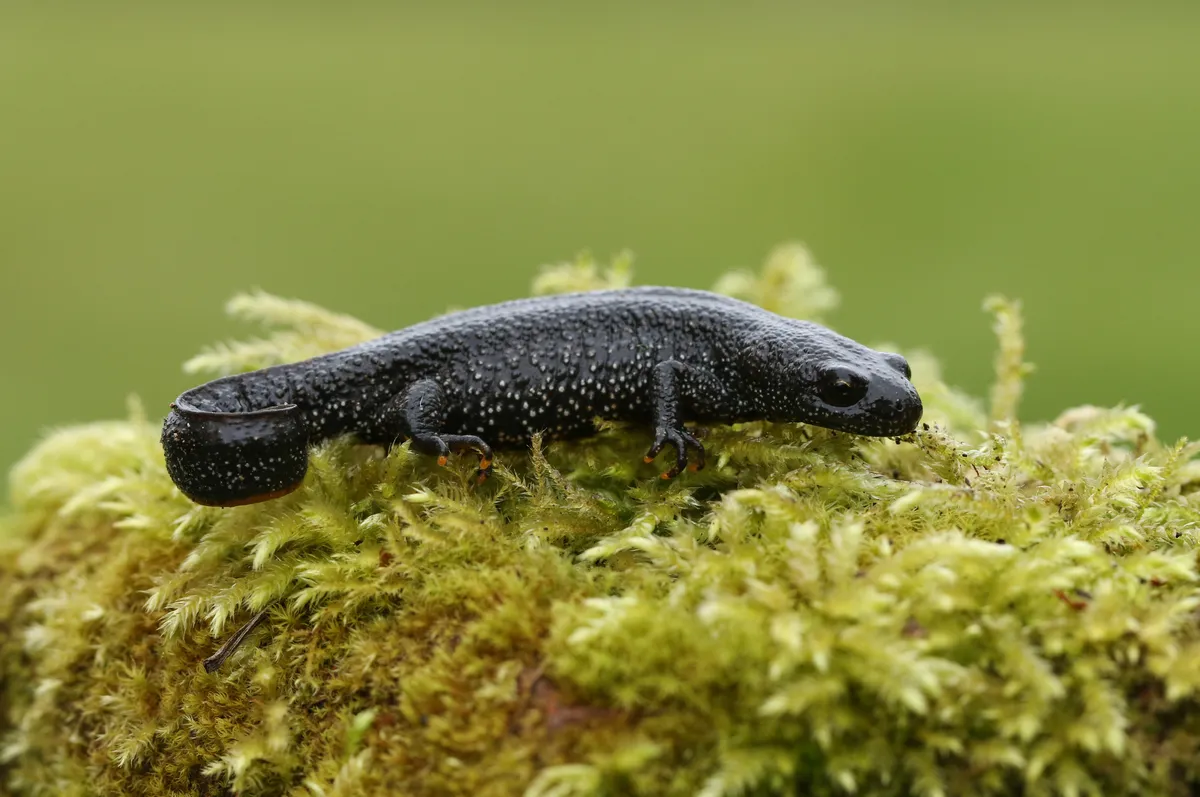
The UK and British Isles are home to three native species of newts: great crested, smooth and palmate. Whilst the former is quite distinctive (particularly the males during breeding season), smooth and palmate newts do look quite similar. Learn more about the amphibians of the British Isles in our online guide.
O
OCEAN
OKAPI
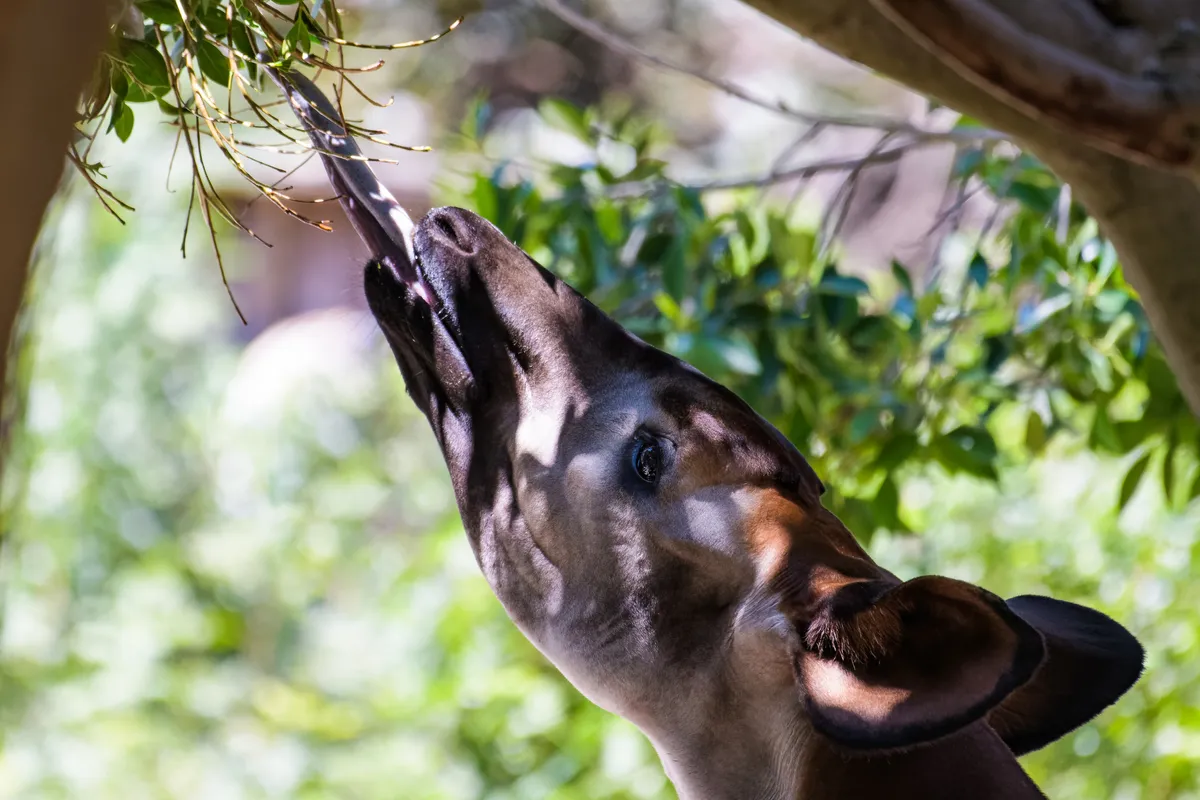
Is it a horse? Is it an antelope? No, in fact the okapi is the closest living relative of the giraffe! This beautiful, but elusive, African mammal is found only in the Democratic Republic of Congo. Like the giraffe, the okapi has a long blue-black tongue – which can measure between 14 and 18 inches long. With such a long tongue, an okapi is able to lick its own ears and eyelids!
ORCAS
Also known was killer whales, these large and distinctive dolphins are apex predators of the oceans – known to predate a variety of other marine wildlife, including fish, seals, sharks and have even been recorded hunting and eating blue whales! Surprisingly, they are one of the only other mammals to undergo menopause.
P
PANDA
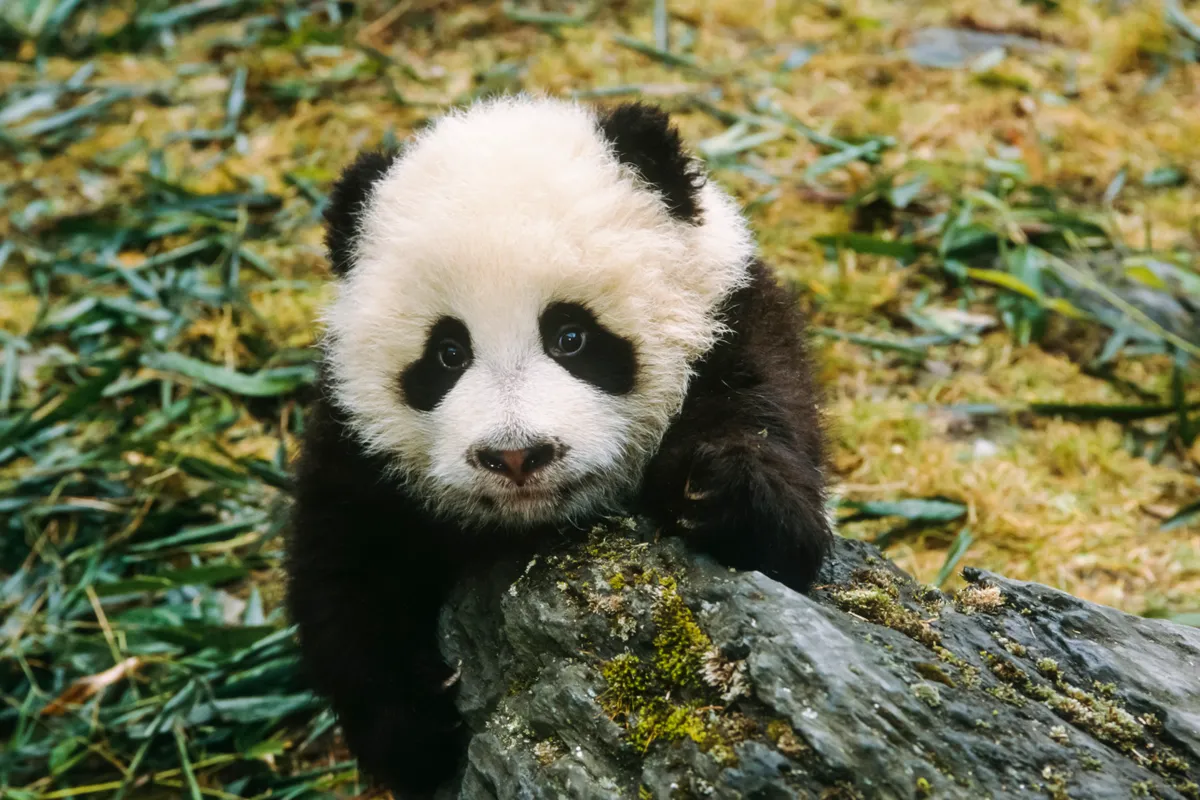
This iconic black and white bear is endemic to China and is listed as Vulnerable on the IUCN Red List. Photographer Suzi Eszterhas journeyed to China to see the work of two breeding centres – view an online gallery of her panda images.
PIPIT
Q
QUACK
QUOLL
R
RIVER
ROBIN
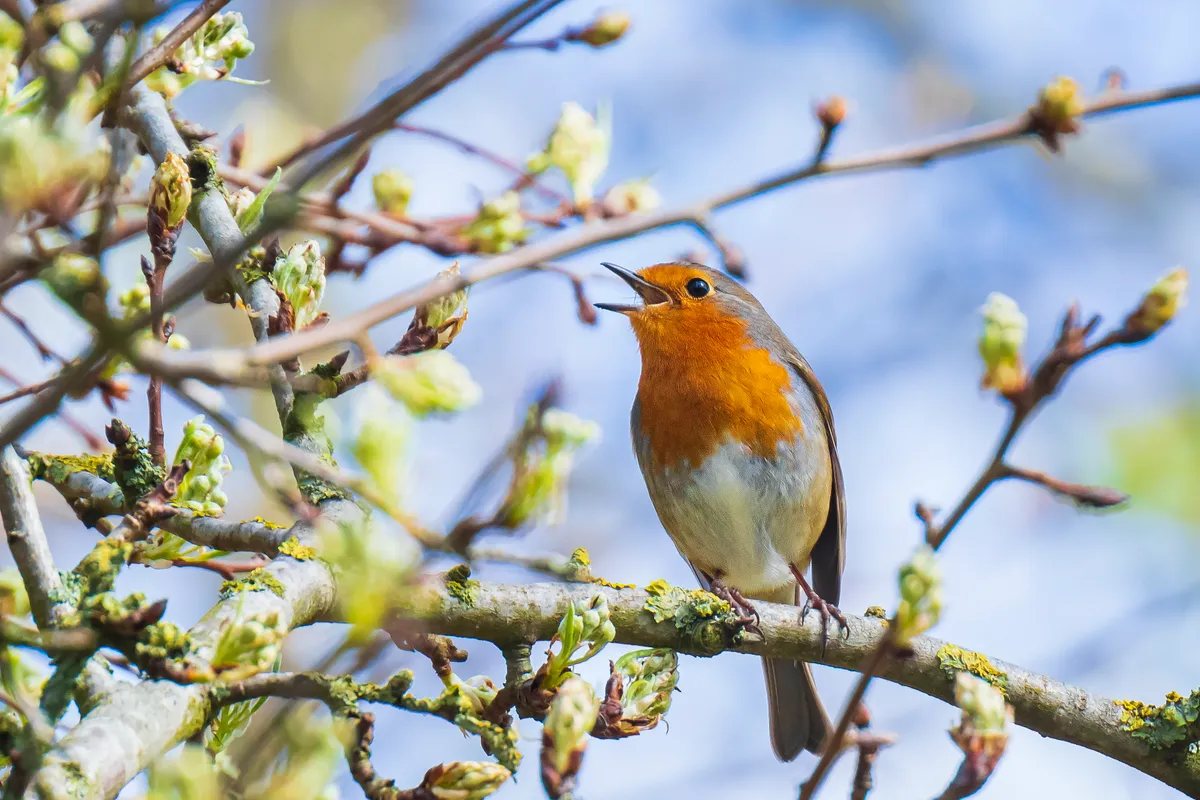
In a poll a few years ago, the European robin was voted in as Britain's unofficial favourite bird and it won by a long shot! The American robin is not closely related to the European robin, but is actually a type of thrush and thus related to the blackbird, mistle thrush and redwing.
ROWAN
S
SAIGA
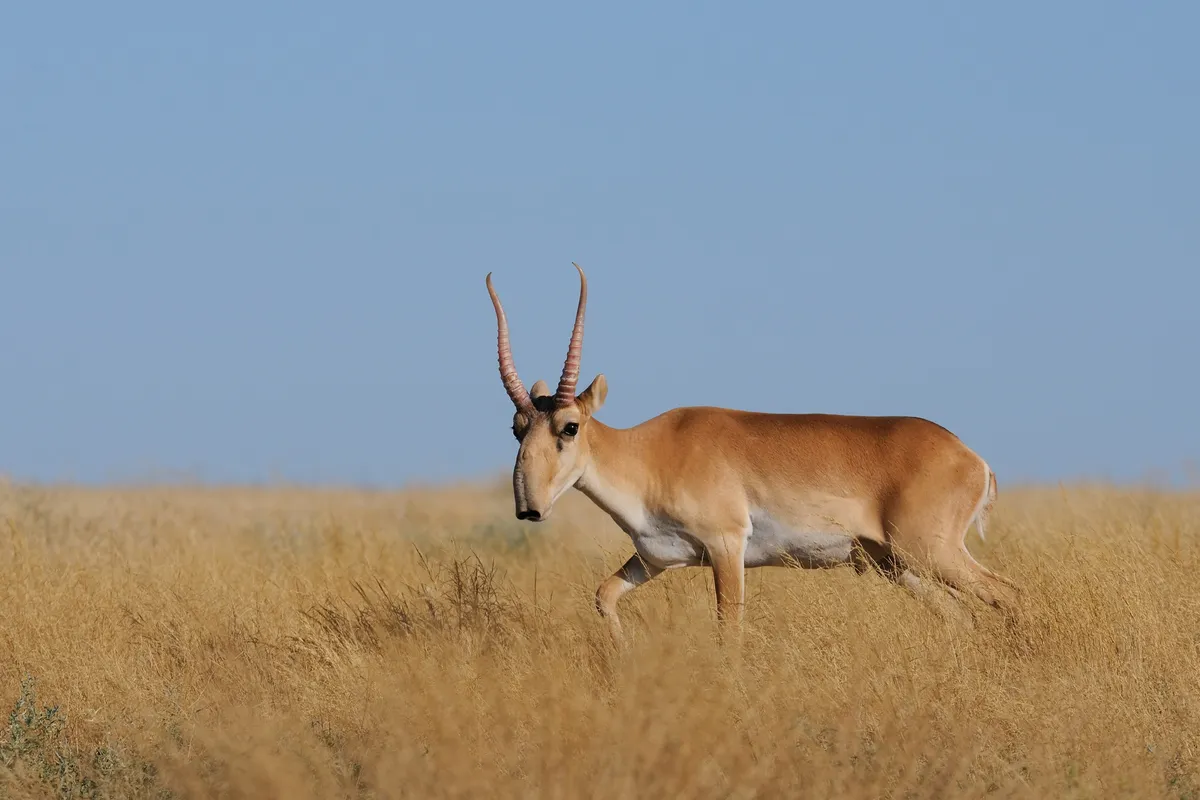
The saiga surely wins the prize for the weirdest-looking antelope out there (perhaps closely followed by the gerenuk). Its strange, bulbous nose actually has a very serious and important function, however. Living in the semi-desert grasslands of Central Asia (in Mongolia and Kazakhstan) saigas must endure very harsh conditions.
We named it one of the weirdest animals in the world
SCALE
SEALS
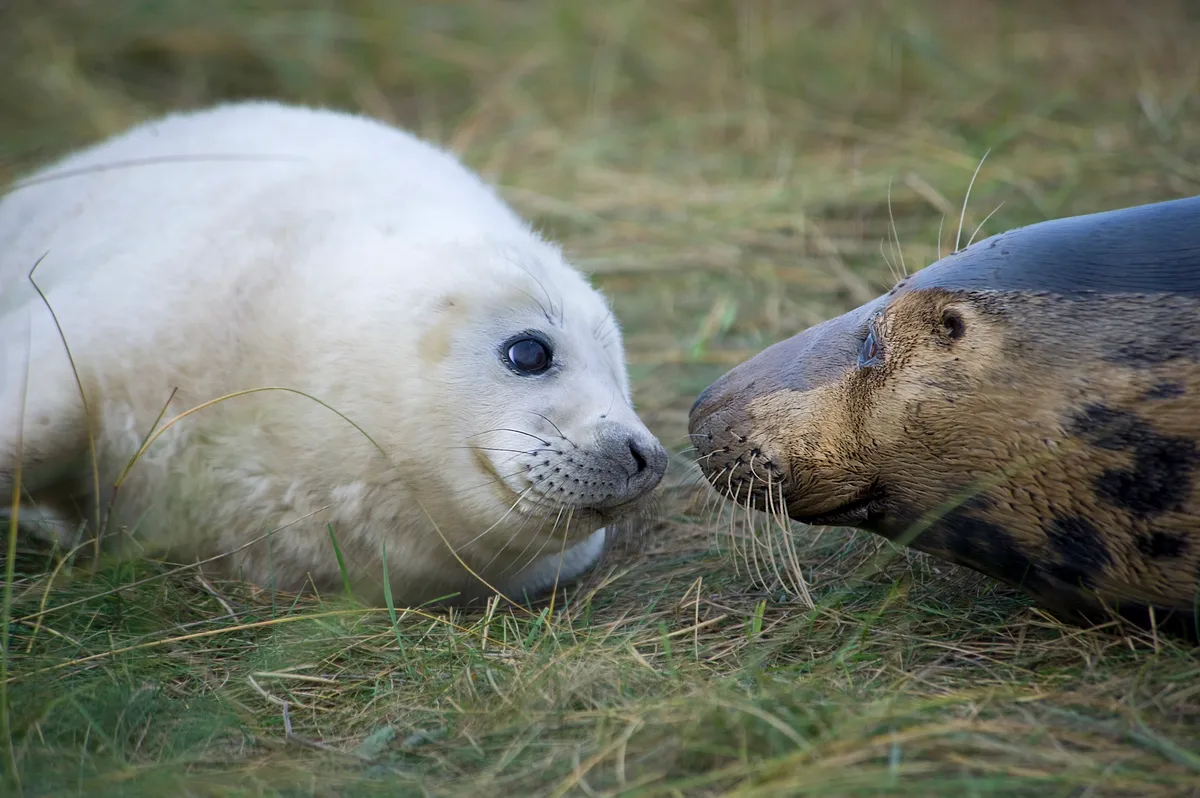
Two species of seal are resident in UK waters: the grey seal and the common seal (also known as the harbour seal). A key feature for identifying the different seal species is the shape of the head and nostrils.
SHARK
SHEEP
SHREW
SKULL
SKUNK
SLOTH
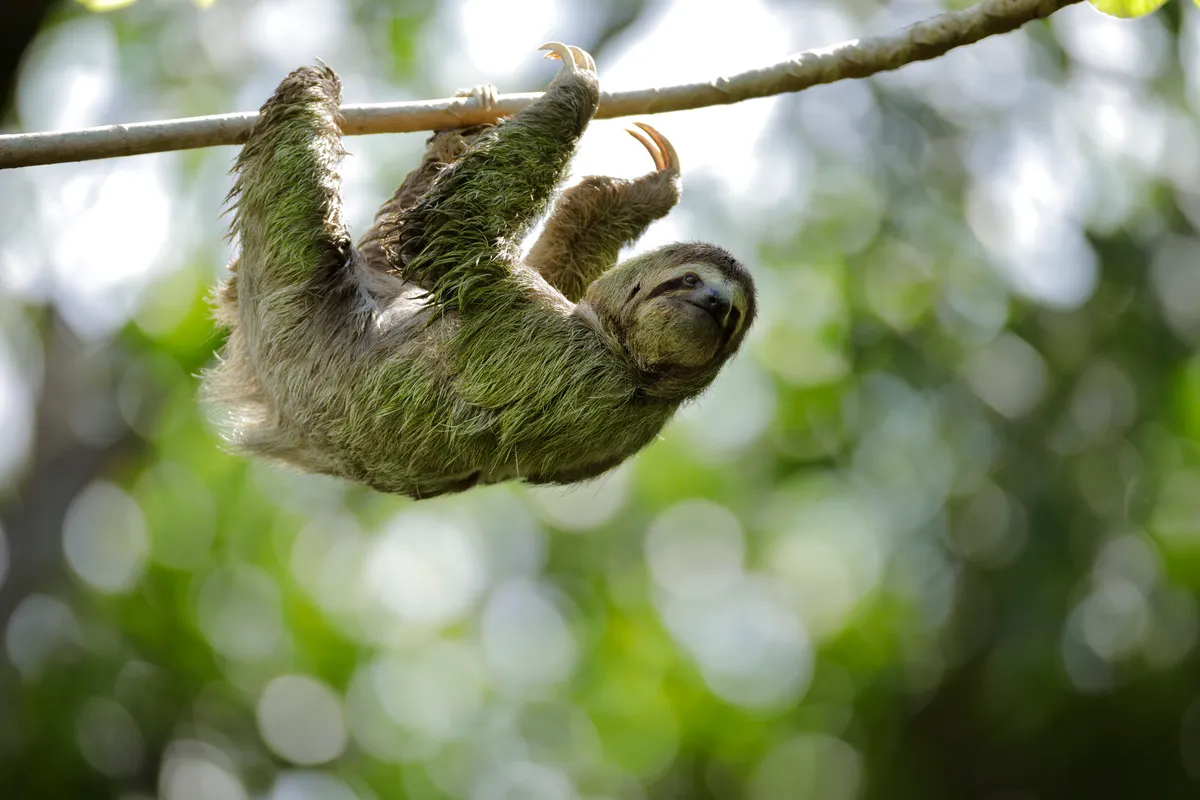
SLUGS
SNAIL
SNAKE
Did you know that the UK is home to three native species of snake? The largest is the grass snake (recently renamed the barred grass snake following a taxonomic split), the rarest is the smooth snake, and the only venomous one is the adder.
SNOWY
T
TABBY
It's not just domestic cats that can be described as ‘tabby’, Scottish wildcats can too! This endangered kitty is the only native feline still found in the wild in the UK, but populations have declined due to historic persecution and habitat loss, and continued hybridisation with domestic cats.
TALON
TAPIR
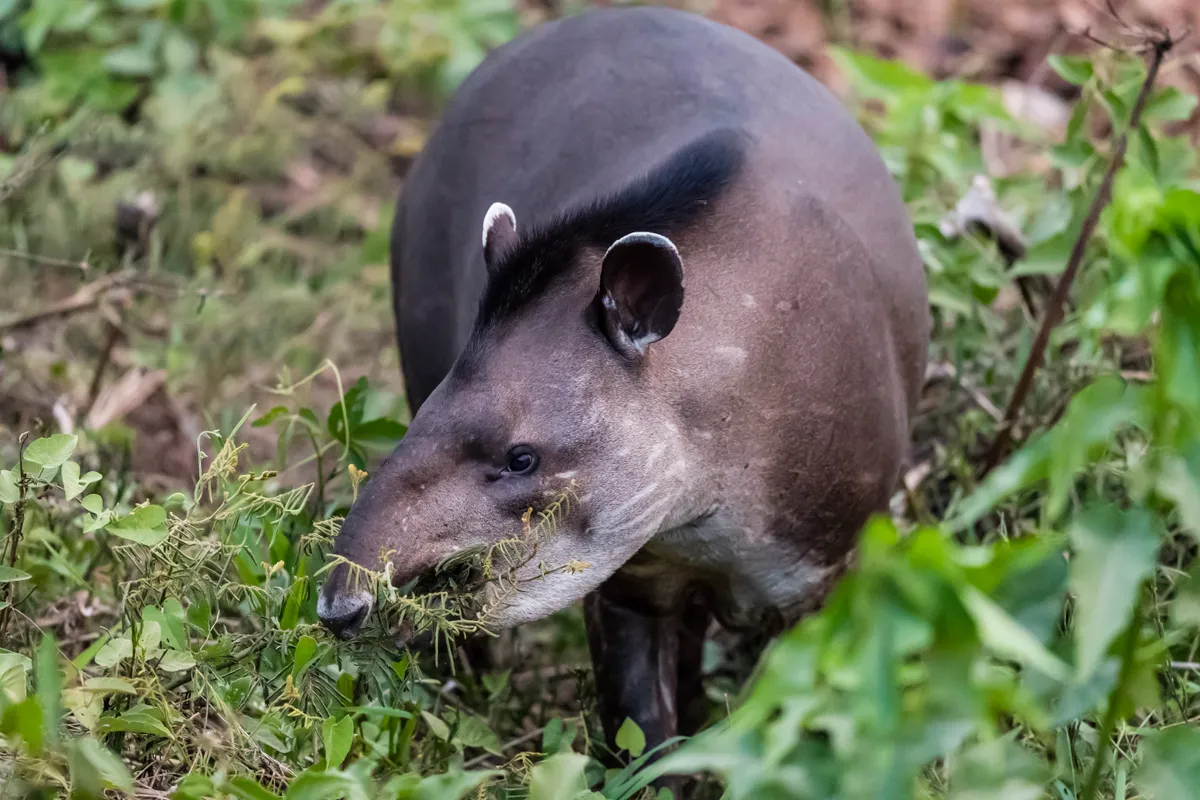
With their flexible snout, tapirs are rather odd-looking creatures! There are four extant species, three are found in Central and South America, and the fourth is found in south-east Asia. Did you know that they're related to rhinos and horses?
TAYRA
TERNS
THYME
TIGER
TINES
TOOTH
TREES
TROUT
TWIGS
U
URSUS
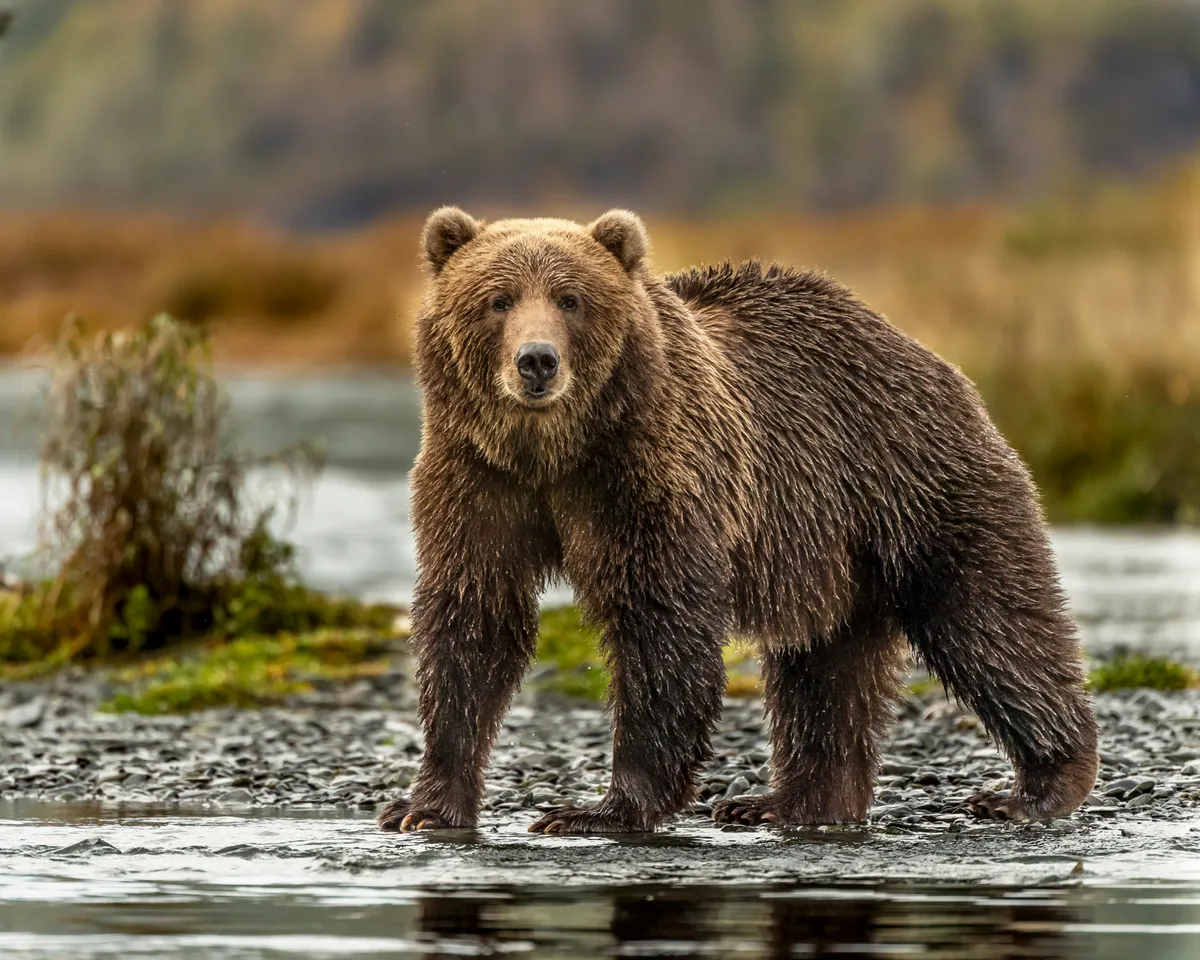
Stuck for words beginning with 'U'? So were we, until we remembered our old friend the Great Bear, or Ursa Major. Ursus is the genus of mammals that includes bears. Sadly, however, Wordle doesn't currently recognise it as a valid word.
V
VENOM
Although often used interchangeably, venom (and venomous) is actually different to poison (and poisonous), and it's all to do with the method of delivery - as discussed in our biological terms glossary. However, there are actually some animals that are both venomous and poisonous.
VIPER
W
WEEDS
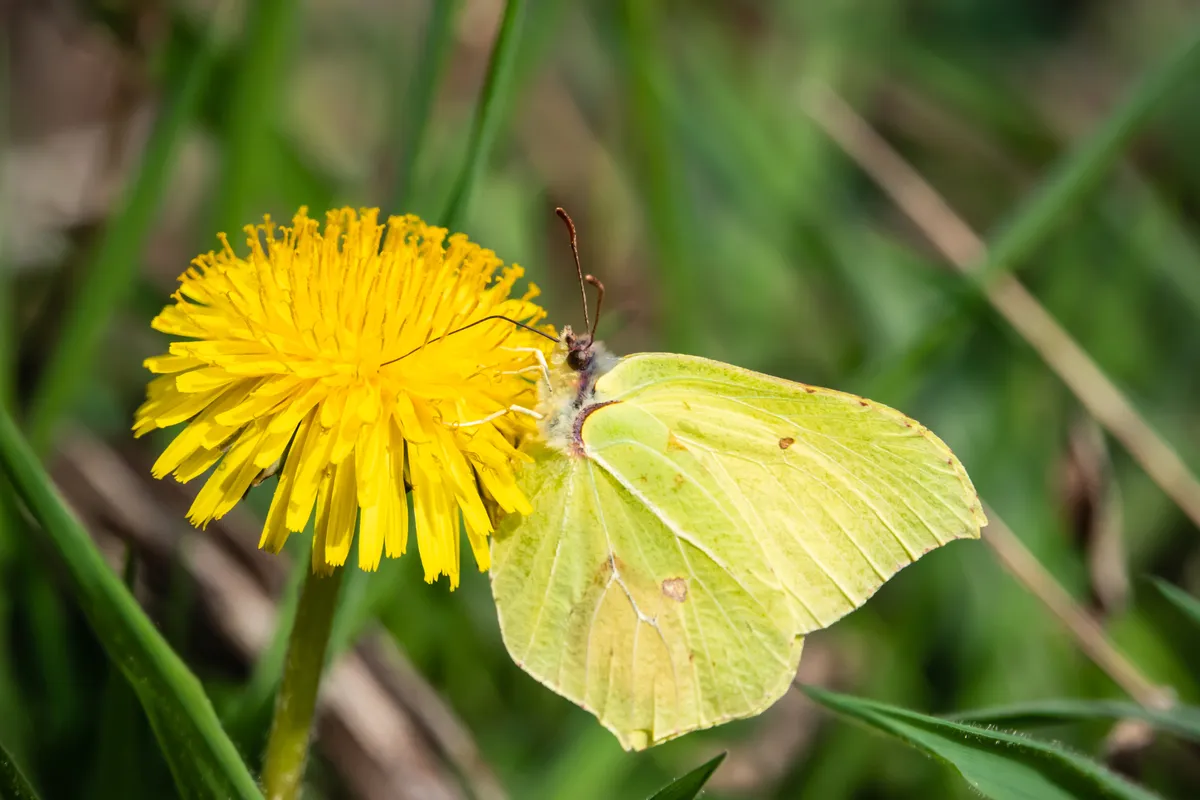
“To immerse ourselves in the world of tough plants that have the audacity to survive and thrive, is to take a journey of understanding into the thickets of thought.” A lot of gardeners aren't big fans of so-called “weeds”, but naturalist and BBC Wildlife columnist Nick Baker argues that we should view them in a new light as weeds are important for wildlife.
WHALE
WINGS
WOODS
X
XYRIS
It took us a long time, but eventually we remembered a wildlife X-word. Xyris is a genus of flowering plants that can be found around the world. Don't get too excited though – Wordle doesn't accept it!
Y
YABBY
Fans of Australian soap operas will be familiar with the idea of catching yabbies down at the creek. And we're grateful for this Y word from down under, which refers to a species of Australia freshwater crayfish – Cherax destructor.
Z
ZEBRA
You can't have an A-Z without everyone's favourite striped odd-toed ungulate from the Perissodactyla order! Load up on zebra facts with our guide to the three species.
Click on the letter you want to below to jump back to that section of the article:
A – B – C – D – E – F – G – H – I – J – K – L – M – N – O – P – Q – R – S – T – U – V – W – X – Y – Z.
Main image: A critically endangered wild male saiga antelope in the federal nature reserve Mekletinskii, Kalmykia, Russia. © Victor Tyakht/Getty
